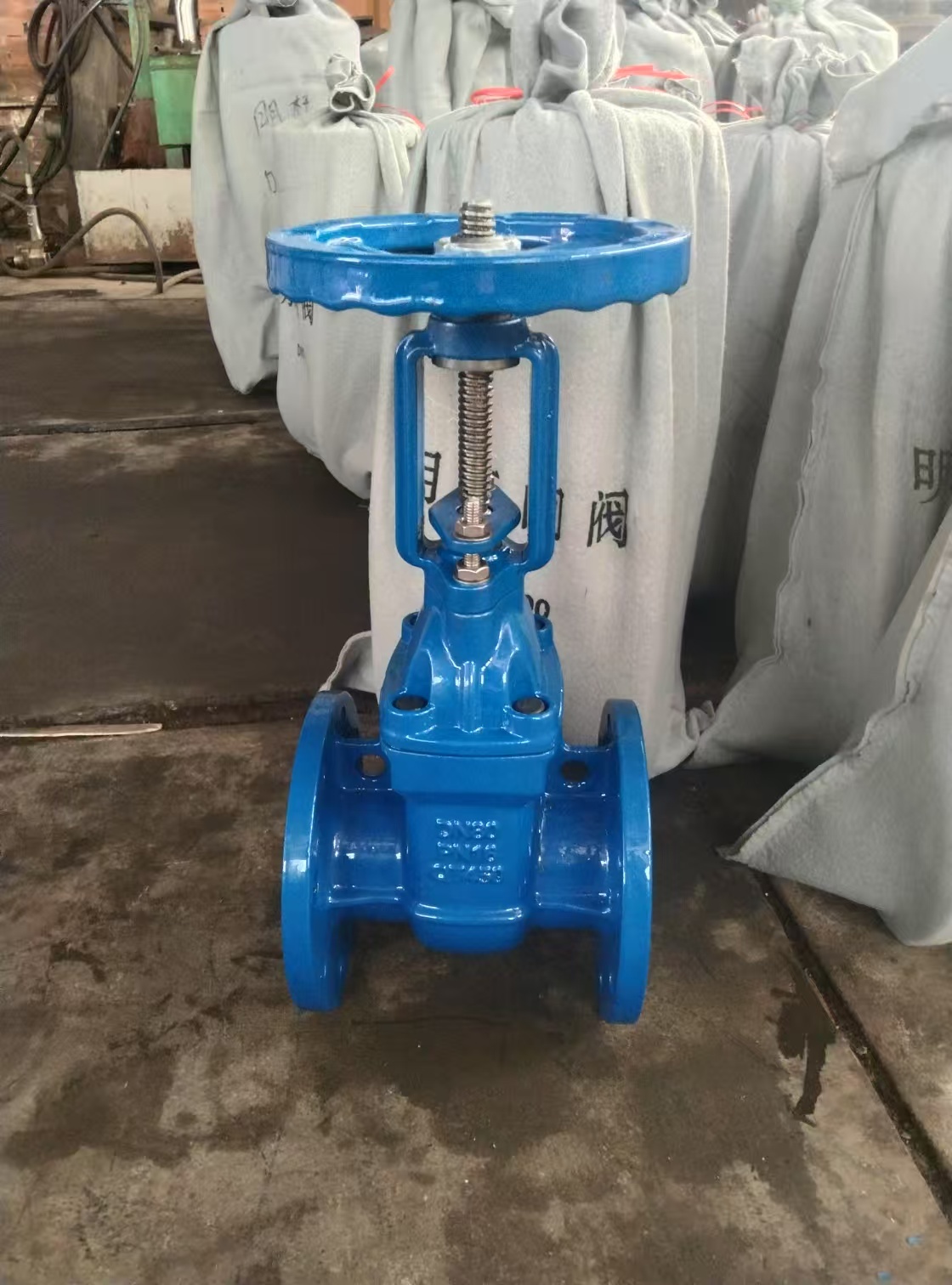What is the structural composition of OS&Y metal sealed gate valve
Release Time:
Aug 12,2025
The rising stem metal sealed gate valve drives the valve stem nut to rotate by rotating the handwheel (or actuator), driving the valve stem with trapezoidal threads to perform vertical lifting and lowering movements. The valve stem drives the metal gate at the bottom to vertically lift and lower, causing its metal sealing surface to separate or press against the metal valve seat sealing surface on the valve body, thereby achieving the opening and cutting of the flow channel. Its core features are metal to metal hard sealing (suitable for harsh working conditions) and visible valve stem lifting (convenient for status indication and maintenance). This type of valve is one of the key equipment for achieving reliable shut-off in industrial pipeline systems.

The core structure of OS&Y metal sealed gate valve consists of:
Valve body: The main body of a valve, which has fluid channels and a precisely machined valve seat sealing surface inside. The import and export ends usually have flanges or threads for connecting pipelines.
Gate: a critical opening and closing component. The shape is mostly wedge-shaped (single or double gate) or parallel (double gate). Its sealing surface (usually welded with hard alloy such as Stellite) is precisely matched with the valve seat sealing surface of the valve body (also welded with hard alloy), forming a metal to metal sealing pair. This is the core of 'metal sealing'.
Valve stem: a slender transmission component, with one end connected to a gate and the other end connected to a driving device (such as a handwheel or actuator). The valve stem usually has trapezoidal threads.
Valve cover/valve cover nut: connected to the valve body, forming the upper part of the valve chamber, accommodating the valve stem inside and guiding its movement. The valve cover nut is used to tighten the packing.
Valve stem nut/bracket: fixedly installed on the valve cover or bracket, with internal threads that match the trapezoidal thread of the valve stem. The handwheel or actuator drives the valve stem nut to rotate.
Packing box: located in the area surrounding the valve stem inside the valve cover, filled with flexible sealing packing (such as graphite braided packing), and compressed with a gland to prevent the medium from leaking outward along the valve stem.
Handwheel/actuator: provides operating force. Manual valves use handwheels, while automatic valves use actuators such as electric motors, cylinders, and hydraulic cylinders.





